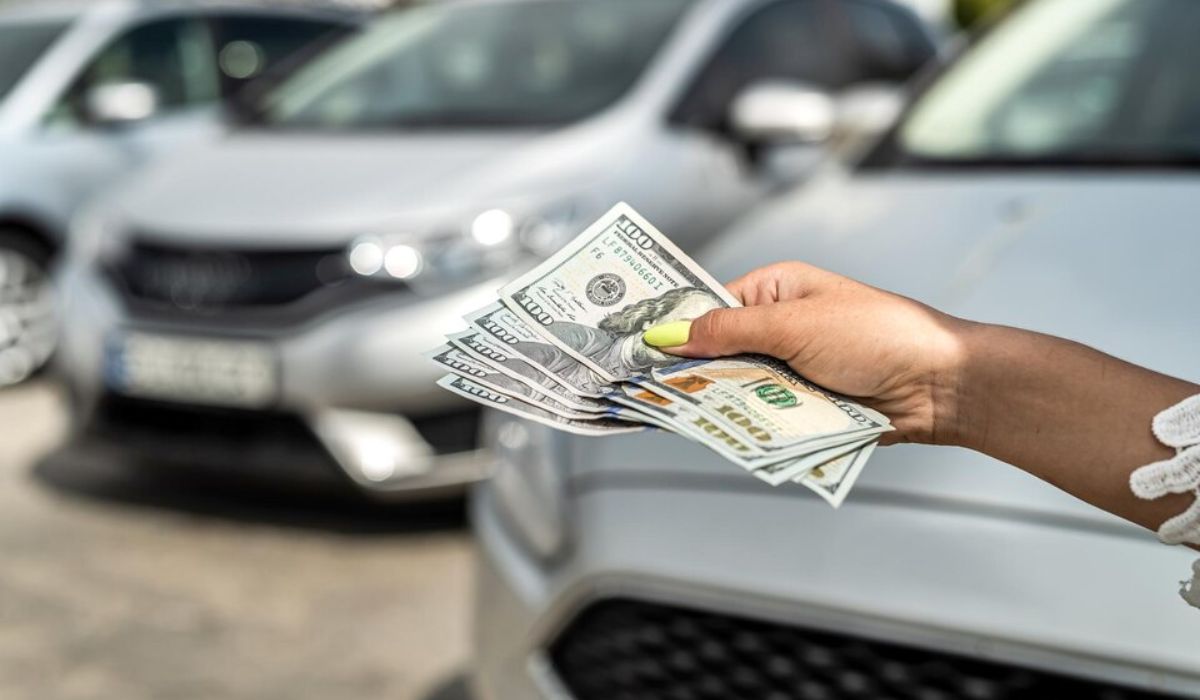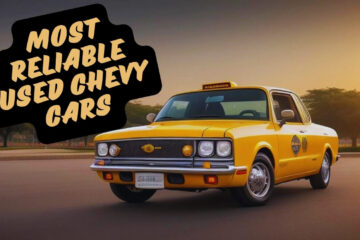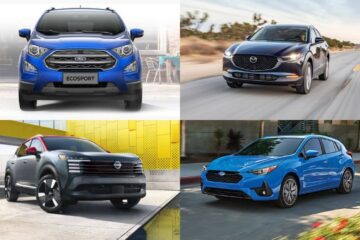Thousands of Americans have a car payment; it just comes with the territory. Most people figure they will have a car loan for life, paying for an endless series of new sedans or old SUVs. But why is this the case?
Car payments were once nonexistent. Historically, most folks saved up or bought a car with Cash. Auto financing has, of course, replaced the old way, but back in the day, cars were generally purchased outright. Americans today have been conditioned to make monthly car payments as regular as rent or a mortgage payment.
But is this mentality a wise one financially? Is there better software out there? This article examines the social traditions, personal psychology, marketing techniques, and economic forces that have made car payments a fact of life in the US and questions whether it is an ideal approach to financial fitness.
Also Check: What is a Spoiler on a Car and How Does It Work?
1. The History of Car Payments in America
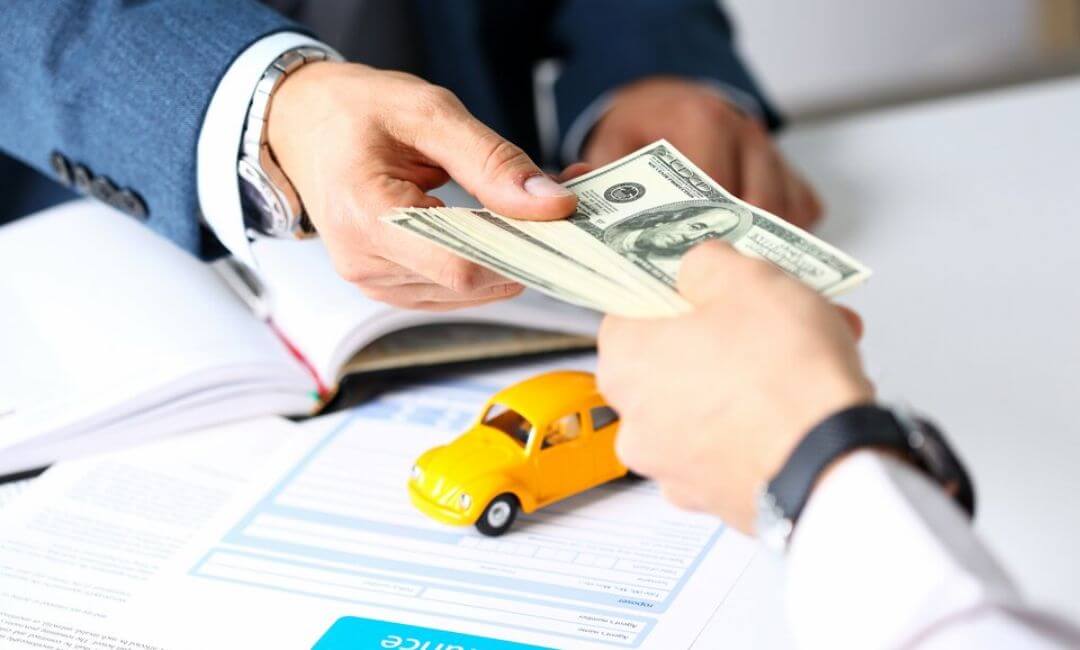
How Car Financing Began
Not too long ago, car payments were a foreign concept. Cars were an extravagance in the early 1900s, and saving was required. The turning point in automobile manufacturing was the 1908 launch of Henry Ford’s Model T, which offered cars accessible to the masses. But, there were few financing options.
The 1920s saw the rise of more popular installment plans. One of the first companies to offer auto loans so that buyers of cars and trucks could pay off the cost over time was General Motors Acceptance Corporation (GMAC). The key here was to make cars affordable to the masses, but it was also the first time the concept of transportation on long-term credit entered our lives.
Post-WWII Economic Boom
In the years following World War II, car ownership exploded along with the American economy. The availability of store financing banks and dealerships relaxed credit conditions, and car payments started to be viewed by consumers as just another living cost.
Financing terms evolved from three-year loans to five-year loans in the 1980s and 1990s, allowing consumers to afford higher-priced cars. These days, loans stretch as long as eight years, and in a cash-strapped class, it can become a vicious cycle of never-ending car payments.
2. Consumer Psychology and Social Norms
The Normalization of Debt
Debt is a way of life for Americans, especially for homes, college, and car purchases. Some view financing as the only way to acquire a vehicle, even if it is not the best financial decision.
It seems normal when almost everyone around you has a car payment. When your friends, family, and coworkers buy a new car, it reinforces that car loans are a fact of life.
The Desire for Newer, Better Cars
That should be a huge consideration for many buyers; quite frankly, Americans love new technology, comfort, and safety features in modern cars. The auto industry exploits this ideal by offering financing options that make it seem as if high-end cars are within reach with monthly installments.
The practice of leasing has also helped chain people to the idea that driving a new car every couple of years is the way it works, and it feels good to think of something like that if, at the end of the lease, you can decide what to do with the spice if you’re used to the payments by then.
3. The Role of Auto Industry Marketing
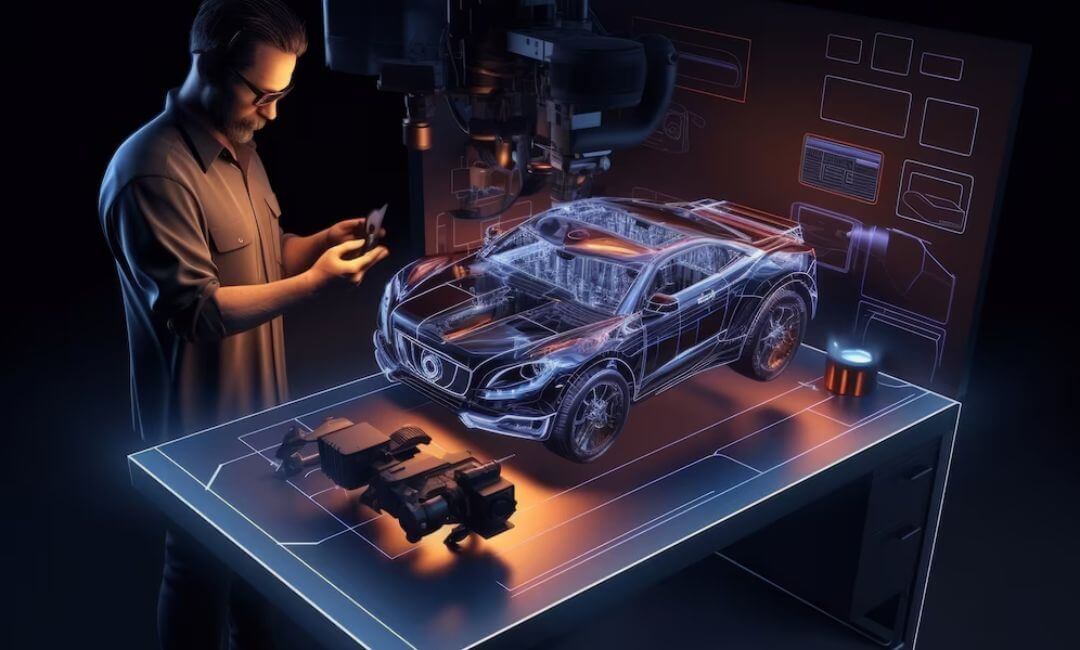
Financing Makes Cars Seem Affordable
Automakers and dealers understand that most consumers think about monthly payments rather than total costs. That’s why, if you pay attention, they advertise cars at “$299 a month” rather than their actual price.
Dealers also use such tricks, including:
- Zero-down payment offers to make it feel almost too easy to buy.
- Lower monthly payments by opting for longer loan terms, even if it increases overall interest.
- Leasing promotions tempt you with that smell of a new car every few years without any of the ownership.
4. The Economic Factors Behind Car Payments
Rising Car Prices
Car payments have become a de facto part of American life for one big reason: cars have become much more expensive. The average new car price has taken another leap forward in 2024, reaching above $47,000, so buying one without financing is a non-starter for most of us.
Wages vs. Inflation
Wage growth hasn’t kept up with soaring car prices. In decades past, folks could still bankroll a ride. Now, with housing, health care, and education costs rising, many have no choice but to finance a car purchase.
Limited Public Transportation
Many cities in the US do not have good public transport, which is very different from Europe or Japan. As a result, car ownership has become more of a necessity than a luxury, and millions are financing their cars.
Read More:
- 12 Must-See Cars with V8 Engines Under $10K
- 10 Best Used SUVs Under $15,000 With Top IIHS Safety Ratings
- Top 10 Cars Under 5K in Good Condition for Your Next Project Car
5. The Downsides of Perpetual Car Payments
Financing cars can make new cars more accessible than they otherwise might be, but it can also create financial risks.
1. The Debt Trap
A lot of people will take their old car loans and roll them into the new car loan, which essentially increases the debt over time. This loop traps them in a cycle of perpetual car payments.
2. Paying More in Interest
When you buy a $40,000 car and finance it for seven years at 6% interest, it can cost over $47,000. That’s $7,000 more in pure interest you could have otherwise saved or used to invest.
3. Depreciation
In the first year, new cars lose 20-30% of their value. This means many people are in negative equity, where they owe more on their loan than the car is worth.
4. Opportunity Cost
That money could instead go towards: rather than paying $500+ per month on a car payment.
- Wealth-generating investments over time
- Emergency savings are needed so as not to have to sweat money.
- A second-hand car that still doesn’t put you writing the 20-year-long note.
6. Alternatives to Car Payments
Financing is popular, but it does not help people to avoid going into debt in the long term.
1. Buy a Reliable Used Car
Rather than driving off with a brand-new vehicle that you are freaking financed, score yourself a used ride, say something 2-5 years old. These cars are still relatively new and have a lot of modern touches but have become heavily depreciated and cost much less than new cars.
2. Save Up and Pay Cash
For the many of us who tend not to have 60k lying around, this is just fine so long as it takes you out of debt, one way or another. But if you can afford to save up for a few years until you can afford a car in Cash, then you will be interest-free on your purchase and own your car in full on day 1.
3. Drive Your Car Longer
Most Americans rush to trade in their cars. That well-maintained car you drive for 10 to 15 years saves you thousands of unnecessary car payments.
4. Consider Alternative Transportation
If your area has reliable public transit or biking infrastructure, you may not need a car or at least not a new one.
Conclusion
Being killed by car payments is expected, which is a mythology pushed by marketing, social forces, and the economy rather than a necessity in American life.
Financing enables people to own cars, but it has also trapped hundreds of millions in the debt cycle, spending thousands in interest payments and experiencing depreciation.
If getting out of the never-ending car payment rut sounds appealing:
- Buying used instead of new.
- What they are not saying with Cash or are saving up for a purchase
- Holding on to your car more instead of trading it in.
This one change in mindset gives you financial power and allows you to avoid paying hundreds for a new car every month, thus providing you with a more wealthy, stress-free life.

